Who’s who at the zoo
Wildlife sanctuaries have had to adapt to strange times.
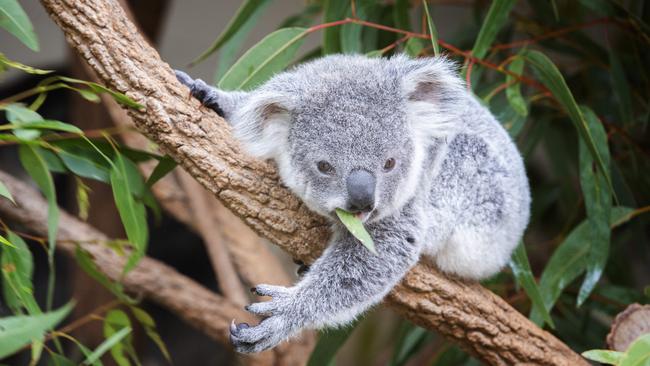
Amid COVID restrictions, the show must go on for operators of wildlife parks, zoos and sanctuaries, even if no visitors are allowed. Animals still need to be fed and cared for, and the time and money required to do that doesn’t vanish when revenue does.
The federal government stepped in April with a $94.6m support program for zoos and aquariums, providing funding for eligible operators, with a focus on those that “contribute to conservation and presentation of animals and drive interstate and international visitation”. Here’s how some popular places are coping.
Kangaroo Island Wildlife Park, SA
The island was devastated by January bushfires, and Kangaroo Island Wildlife Park, which was spared from the blaze, became a critical headquarters for rescued wildlife. “We had more than 600 animals come in, and so far we’ve had 250 go back to the wild, mostly koalas, and some kangaroos and wallabies,” says Dana Mitchell, who owns and operates the park with husband Sam. Tragically, most of the animals that came to the park didn’t make it.
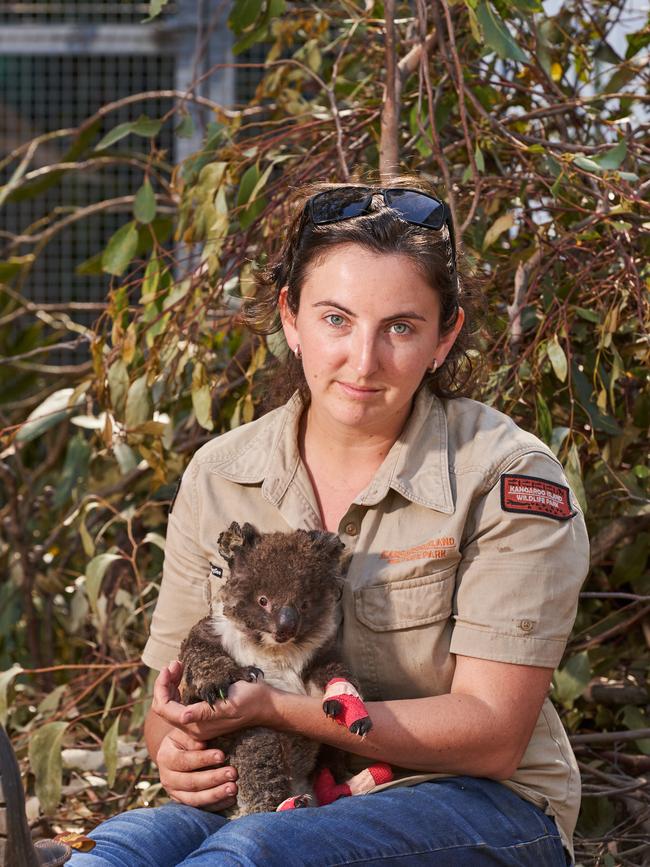
“We had teams working around the clock with vet care and managed to save about 30 per cent of adults and 40 per cent of the babies, which was a lot better than the 12.5 per cent we were told we could expect to save.” Before the pandemic hit, the park was busier than ever. Then it shut for nine weeks, but is back open with 500 animals, birds and reptiles.
kangarooislandwildlifepark.com
Lone Pine Koala Sanctuary, QLD
Tourist numbers dropped 70 per cent for the koala sanctuary which has been operating in western Brisbane since 1927 and was closed by COVID for three months. It used the quiet time for maintenance and upgrades. “Lone Pine is home to 470 Australian indigenous fauna, representing 80 different species, many of which are protected and endangered,” says general manager Robert Friedler. Lone Pine launched a free online education program and boasts more than 20 webcams around the park.
Zoos Victoria
Melbourne Zoo, Werribee Open Range Zoo and Healesville Sanctuary closed in March, reopened under visitor caps on June 1 and shut again on July 8 for Victoria’s second lockdown. Thousands of animals are being looked after by keepers and animal behaviourists, and rescue and recovery work with threatened species and injured wildlife continues. “Training is a key component in the care of our zoo animals; it’s modelled around giving animals choice and usually asks for a behaviour that involves the animals’ healthcare,” says Sally Sherwen, Zoos Victoria director of wildlife conservation and science. The facilities are working with researchers at zoos around the world to collect data on closure impacts. “We’re studying a range of animals — reptiles, butterflies, gorillas, tigers and more. Animals are incredibly adaptable and it is fascinating to observe their behaviours and use this information to support their welfare.”
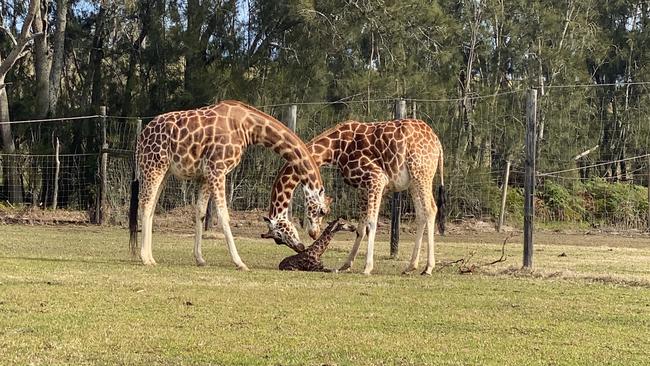
Mogo Wildlife Park, NSW
“If we hadn’t been here to protect everything, we would have lost the entire zoo, no doubt,” says Chad Staples, director of Mogo Wildlife Park. Keepers and staff went to enormous lengths to defend the property near Batemans Bay on the south coast from the fires on New Year’s Eve. The facility was closed for two months, open for almost four weeks and then closed again for two months. Most operations are back to normal. “I think people want to get out of the house and do things in nature,” Chad says.
Australian Wildlife Conservancy
This non-government conservation agency protects endangered wildlife across more than 6.5 million hectares in 30 locations in the Kimberley, the Top End, Cape York, Kati Thanda-Lake Eyre and the southwestern forests. “We want to make sure the Australian community understands what’s at risk in terms of biodiversity, particularly coming out of the bushfires in southeastern Australia,” says chief executive Tim Allard. Only nine sanctuaries have “visitation programs”, ranging from guided or self-guided walks to campgrounds and luxury safari camps, and all were locked down at the start of the pandemic. “It provided a pause where we were able to conduct some upgrades and capital works projects in the dry season,” says Tim. Paruna Wildlife Sanctuary in the Avon Valley, an hour out of Perth, is one of the AWC sites now open.
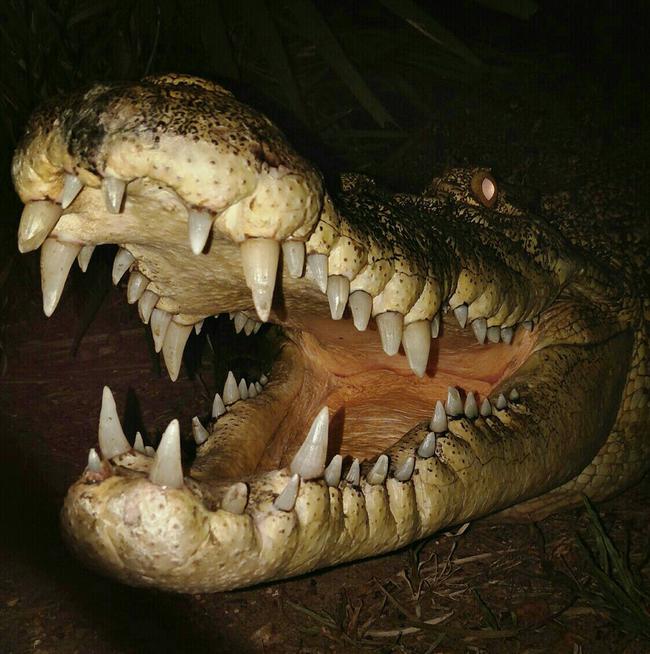
Crocodylus Park, Darwin, NT
Visitor numbers were down about 80 per cent in the peak dry season for the park, which was closed from the end of March until June. “We took the time we were closed to make some much-needed updates, maintenance and clean-outs done,” says the park’s Emily Broomham. Back open, the “jumping croc” tours operate with only half-full boats to comply with social distancing.
Aussie Ark, NSW
“COVID put a stop to visitors, but it gave us time to regroup and begin the development of multiple projects,” says Aussie Ark’s Brodie Chiswick. “We have reopened our tours and accommodation and have been overwhelmed at the popularity, and we’ve also had a really successful Tasmanian devil breeding season.” Aussie Ark also released endangered eastern quolls into the sanctuary in the Barrington Tops, following a release last year of 20 from its successful breeding program into the wild.
aussieark.org.au
Bonorong Wildlife Sanctuary, Tasmania
“We closed to visitors early in the pandemic as we recognised that one of the staff potentially getting sick would mean most of the staff not being able to work and potentially animals not getting the care they need, and that is our No 1 priority,” says Greg Irons, director of Bonorong, half an hour’s drive north of Hobart. “The rescue service and hospital kept running throughout, which was one of our main aims.” Bonorong is now welcoming lots of first-time visitors. “People are really enjoying exploring their own backyards,” he says.
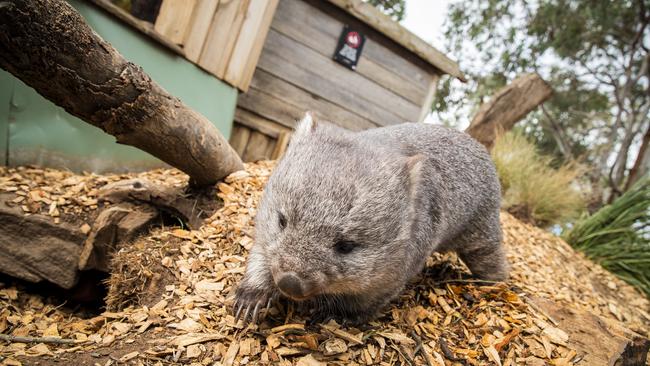
Eagles Heritage, WA
Raptors in residence at this Margaret River sanctuary don’t skip meals just because there are no visitors. Visitation has been down about 30 per cent, but “it’s been somewhat offset by more visitors coming from within WA”, says Phil Payne, who opened the centre in 1988. “We were closed for three months but I worked every day because all the birds have got to be fed, watered, cleaned and cared for every day.” Phil’s work rehabilitating and releasing injured birds has continued. To avoid use of a communal glove, Eagles Heritage has modified the experience for visitors who want a photo with a bird of prey. Otherwise, all is back to normal.
National Zoo and Aquarium, ACT
The zoo and its embedded luxury Jamala Wildlife Lodge were closed for almost eight weeks from March to May, and are now open under “COVID normal” rules. “When we were closed we noticed a change in some animals’ behaviour, particularly the more curious and inquisitive species,” says business manager Russell Jackson. “Going from hundreds of faces smiling a day to zero was an adjustment for them. Our keepers were magnificent, providing extra enrichment activities and even coming in on their days off.”
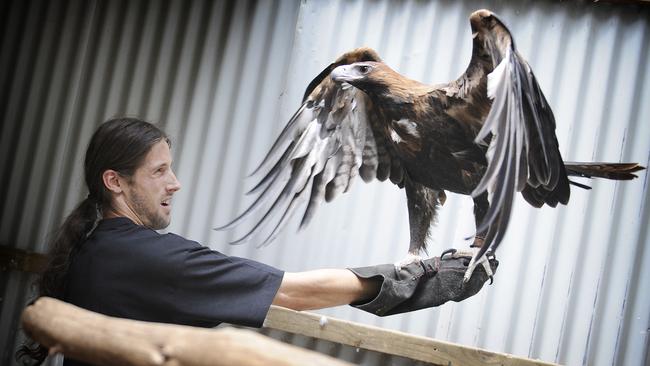
Warrawong Wildlife Sanctuary, SA
“You wouldn’t buy a derelict sanctuary if you weren’t an optimist,” jokes David Cobbold, who with his wife Narelle MacPherson has spent the past four years restoring the abandoned 40-year-old sanctuary in the Adelaide Hills. They believe it is the only place to find platypus in mainland South Australia. COVID closure enabled them to restore a boardwalk through a man-made rainforest and install a pump up from a lake 500m down the hill, using the engine from a VT Commodore to drive it. “The harder we work, the luckier we get — oh, there’s a koala making his way along the perimeter fence,” says David. The park is open to visitors.
Koala Sanctuary Port Stephens, NSW
Newly opened to visitors at Port Stephens, north of Newcastle, Koala Sanctuary is the creation of volunteer group Port Stephens Koalas and local council. In an 8ha sanctuary on the edge of One Mile Beach, guests can see the first-class care given to sick, injured and orphaned koalas and learn about their long-term rehabilitation the wild. On offer are eats and treats at the Fat Possum Cafe and overnight accommodation in luxury tents.
portstephenskoalasanctuary.com.au
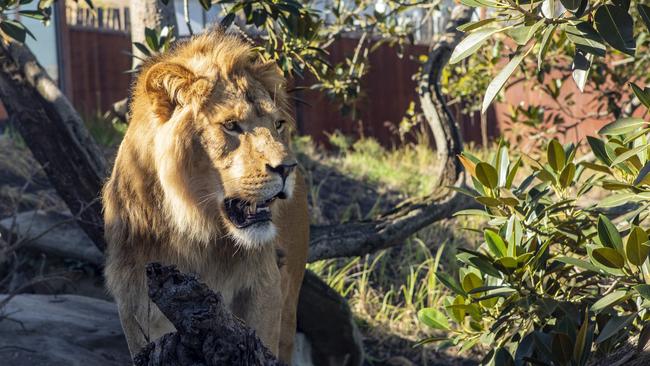
More to the story
It’s been busy behind the scenes at Taronga Zoo Sydney, despite temporary closures. Taronga TV has been reaching more than three million viewers a week with its livecams and zookeeper talks. In June, an African Savannah precinct, complete with a waterhole, was opened; residents include giraffes, zebras, tiny Fennec foxes and meerkats but it’s the lions that are king of the safari-style beat. There’s a strong breeding focus, too, in tune with the zoo’s conservation mission. According to chief executive Cameron Kerr, “Our new lion habitat utilises diverse topography to replicate the escarpments and rocky outcrops of the African kopje, or high country, while providing different areas for the lions to socialise or withdraw …” Meantime, an overnight zoo experience reached new heights of luxury last October when Taronga Conservation Society Australia opened its Wildlife Retreat on the eastern fringe of the 28ha zoological estate on Sydney Harbour’s northern reaches. Five adjacent lodges set in bushland look, and feel, like an eco-hideaway and guests have access to the adjoining Sanctuary native fauna habitat, to wander about or take a ranger-led tour amid tammar wallabies, echidnas, bandicoots and red-necked pademelons. It seems a real privilege to be so close to the browsing, free-ranging residents as sleepy-eyed koalas view proceedings from surrounding eucalypts. Wildlife Retreat guests also have before-hours entry to the zoo proper on escorted daybreak walks that include the Wollemi Aviary’s grove of rare, ancient pines, and the meshed canopy of its bird house where parrots swoop in flashes of bright colour. Wildlife Retreat is an adjunct to Taronga Zoo Sydney’s Roar & Snore tented camp and the Zoofari Lodge, Billabong Camp and Savannah Cabins at Taronga Western Plains Zoo in Dubbo, NSW. COVID-safe protocols, advance ticketing and limited visitor numbers apply.
taronga.org.au
Susan Kurosawa

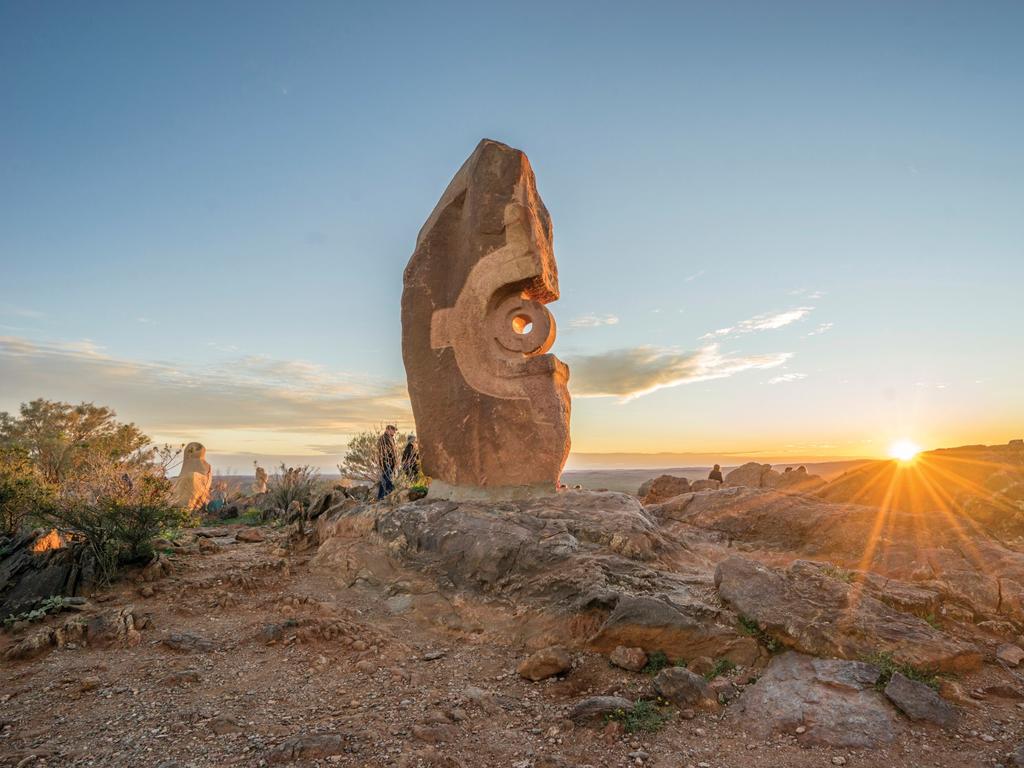
To join the conversation, please log in. Don't have an account? Register
Join the conversation, you are commenting as Logout